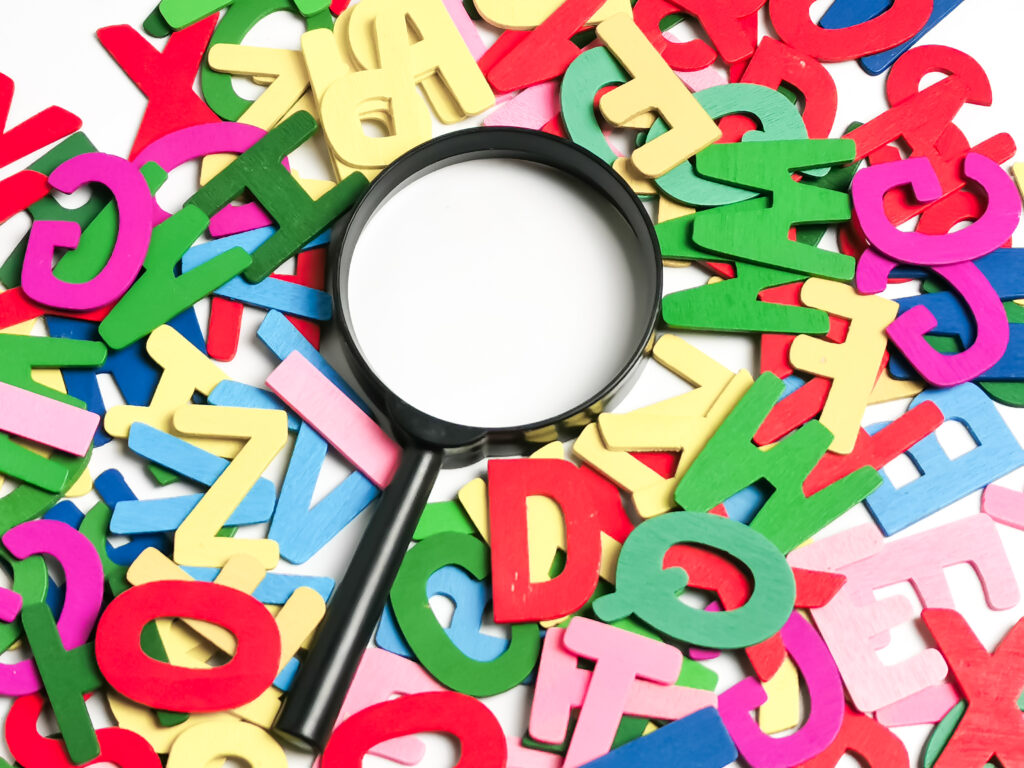Students who have difficulties with learning may sometimes experience stress and anxiety when they are not made to feel welcome or safe in their environment. Whether it’s pressure from peers, parents or teachers – the feeling can be overwhelming for someone going through a tough time. Teachers encourage students and show compassion as much as possible, but oftentimes there isn’t enough energy to provide extra support after dealing with classroom disruptions.
When children develop, most of them experience some kind of learning difficulties along the way. Many children may struggle in school with some topics or skills from time to time. When children try hard and still struggle with a specific set of skills over time, it could be a sign of a learning difficulty or a learning disorder. Having a learning disorder means that a child has difficulty in one or more areas of learning, even when overall intelligence or motivation is not affected.
Learning Disorder vs Learning Difficulties
Detecting a learning disorder by itself requires that a child has had adequate access to learning opportunities. Especially these days – when learning of many children has been disrupted due to COVID-19 – quite a variety of children require additional supports to continue to progress on reading, writing and spelling, and math.
Then how do we differentiate between learning delays and learning difficulties/disorders? The clue lies in for example genetic factors. For example, a learning disorder such as dyslexia often runs in families. So whether a child has had adequate access to learning might not apply when one of their parents or grandparents was diagnosed with a learning disability or has been experiencing tremendous learning difficulties now and in the past.

The solution to start addressing the learning needs of your child is all about being on time. Rather than waiting – the traditional wait to fail model – a screening for reading problems or executive function difficulties is the first step to better understand why a child is struggling. These screenings are professional but yet affordable as they are what STG Health Services calls Phase 1 of the larger assessments of learning. And if screening determines that your child is at risk of a learning disorder or executive functions processing disorder, you can continue with Phases 2 to 5 of the assessment of learning depending on the determined challenges during the screening.
Helping students learn how to manage their emotions and express themselves appropriately is always an important part of being a teacher. Recognizing some of the signs that someone is becoming stressed, like being frustrated with material or feeling unable to complete an assignment, can help alleviate some issues before the problem manifests into something more serious.
For example, perhaps there’s not enough time to cover all the material needed for a project due to a prior project going over-schedule but you’ll still need to turn in some kind of finished product for grading purposes – this would be an ideal time for teachers to address the topic of managing feelings and using different strategies as needed in order to have productive conversations around alternative approaches.
Ever since 1995, I have been working with children with learning disabilities. My advice has always been the same: don’t wait too long and waste valuable time, even when school professionals tell you something else. The earlier you start addressing your child’s difficulties, the faster your child can learn to progress using specialized adaptations.
The STG Learning Difficulties Screening is an essential step to discovering if your child is experiencing more than normal learning difficulties. It is really never to late to start.








